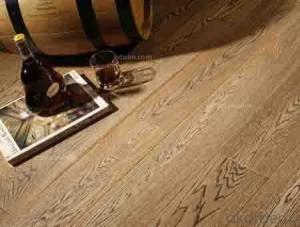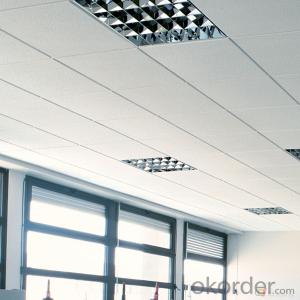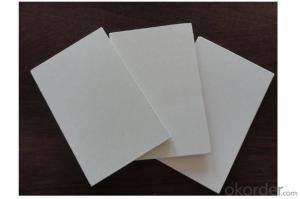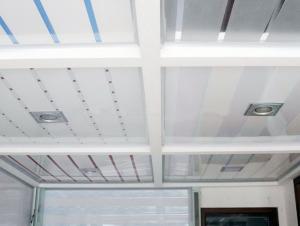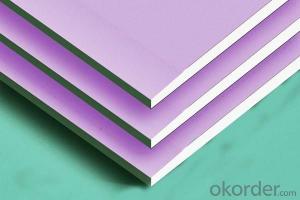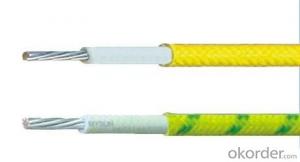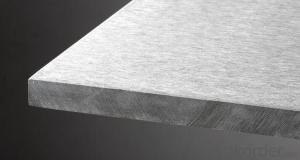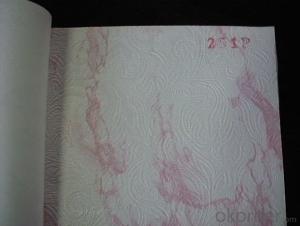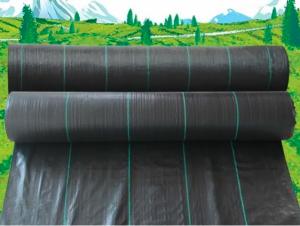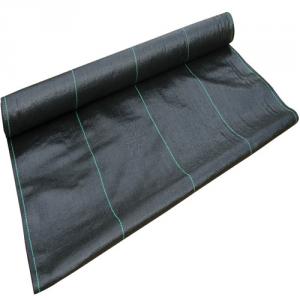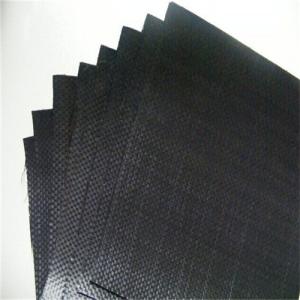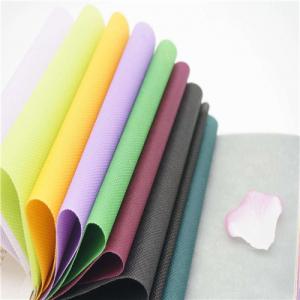Anti Static Mats For Electronics
Anti Static Mats For Electronics Related Searches
Best Paint For Stainless Steel Blanket Insulation For Steel Buildings Primer For Galvanized Steel Foam Filter For Stainless Steel H S Code For Stainless Steel Surface Grinding Wheels For Stainless Steel Surface Grinding Wheels For Hardened Steel Hole Saw For Stainless Steel Paint For Stainless Steel Stainless Steel For BbqHot Searches
Steel Mesh Panels For Sale Price For Stainless Steel Scrap Scrap Price For Stainless Steel Price For Stainless Steel Stainless Steel Plate For Sale Stainless Steel Tank For Sale Stainless Steel Sheets For Sale Cheap High Tea Sets For Sale Stainless Steel Tanks For Sale Stainless Steel For Sale High Density Fiberboard For Sale Solar Hot Water Collectors For Sale Scaffolding For Sale In Uae Scaffolding For Sale In Ireland Scaffolding For Sale In Houston Type Of Inverter For Solar Price Of Shipping Containers For Sale Types Of Inverter For Solar Stock Price For Aluminum Steel Mesh Panels For SaleAnti Static Mats For Electronics Supplier & Manufacturer from China
Okorder.com is a professional Anti Static Mats For Electronics supplier & manufacturer, offers integrated one-stop services including real-time quoting and online cargo tracking. We are funded by CNBM Group, a Fortune 500 enterprise and the largest Anti Static Mats For Electronics firm in China.Hot Products
FAQ
- Geotextiles have various applications in coastal engineering, including erosion control, shoreline stabilization, and beach nourishment. They are commonly used to prevent soil erosion by acting as a barrier against wave action and currents. Geotextiles can also be employed in the construction of revetments, breakwaters, and groins to enhance coastal protection. Additionally, they facilitate beach nourishment projects by retaining sand and sediment, preventing their erosion and maintaining the shape and stability of beaches.
- Yes, geotextiles can be used in bridge abutment construction. Geotextiles are often used to reinforce soil and provide stability in various construction projects, including bridge abutments. They can be employed to separate different soil layers, prevent erosion, and enhance drainage, thereby improving the overall performance and longevity of the bridge abutment structure.
- Geotextile seepage seams how to deal with
- Hand wrap the sewing machine and seal it.
- Yes, geotextiles are generally resistant to extreme temperatures. They are designed to withstand a wide range of temperatures, both hot and cold, without significant degradation or loss of performance.
- Geotextiles are tested for strength and durability through various methods such as tensile testing, puncture resistance testing, tear resistance testing, and abrasion resistance testing. These tests involve subjecting the geotextiles to controlled forces, pressures, and wear to assess their ability to withstand different environmental conditions and loads.
- When designing with geotextiles, there are several factors to consider. Firstly, the type and characteristics of the geotextile itself should be evaluated. This includes considering factors such as the material properties, strength, durability, and permeability of the geotextile. The specific application and the expected loads and stresses that the geotextile will be subjected to also need to be taken into account. Secondly, the site conditions and environmental factors should be considered. This includes assessing the soil type, slope stability, groundwater conditions, and potential for erosion. Understanding the site-specific conditions will help in determining the appropriate geotextile design and installation methods. Thirdly, the desired functions of the geotextile need to be considered. Geotextiles can be used for various purposes such as separation, filtration, reinforcement, drainage, and erosion control. Identifying the primary function(s) of the geotextile will guide the selection of the appropriate geotextile type and design. Additionally, the installation and maintenance requirements should be taken into consideration. Factors such as the availability of suitable equipment, access to the site, and long-term maintenance needs should be evaluated to ensure the successful implementation and performance of the geotextile. Overall, designing with geotextiles requires a comprehensive understanding of the geotextile properties, site conditions, desired functions, and installation requirements to ensure an effective and durable solution.
- Welding of impervious geotextile
- 1. Seam processing is the key to the construction process, the general use of heat welding method, PE film surface heat treatment, so that the surface melting, and then through the pressure, so that one fusion. 2. For the laying of a good geomembrane, edge seams require no oil, water, dust and so on. 3. Before welding to adjust the seam at the two sides of the PE single film, so that a certain width of the lap, lap width is generally 6 ~ 8 cm and smooth, no wrinkles. 4. Use special welding machine for welding. Welding construction effect map:
- Bought a roll of geotextiles soon run out, do not know if there is nothing to replace the geotextile material more
- I use the plastic cap, but unfortunately has been buried in the basin, or else, then open up the chart, the cap around the cut a few gap, the statement is only suitable for the bottom of only a hole in the pot, its role and tile the same , But better than the tile effect, a lot of holes that kind of plastic flower pots I generally do not pad things, feeling will not drain a lot of soil and nutrients.

















